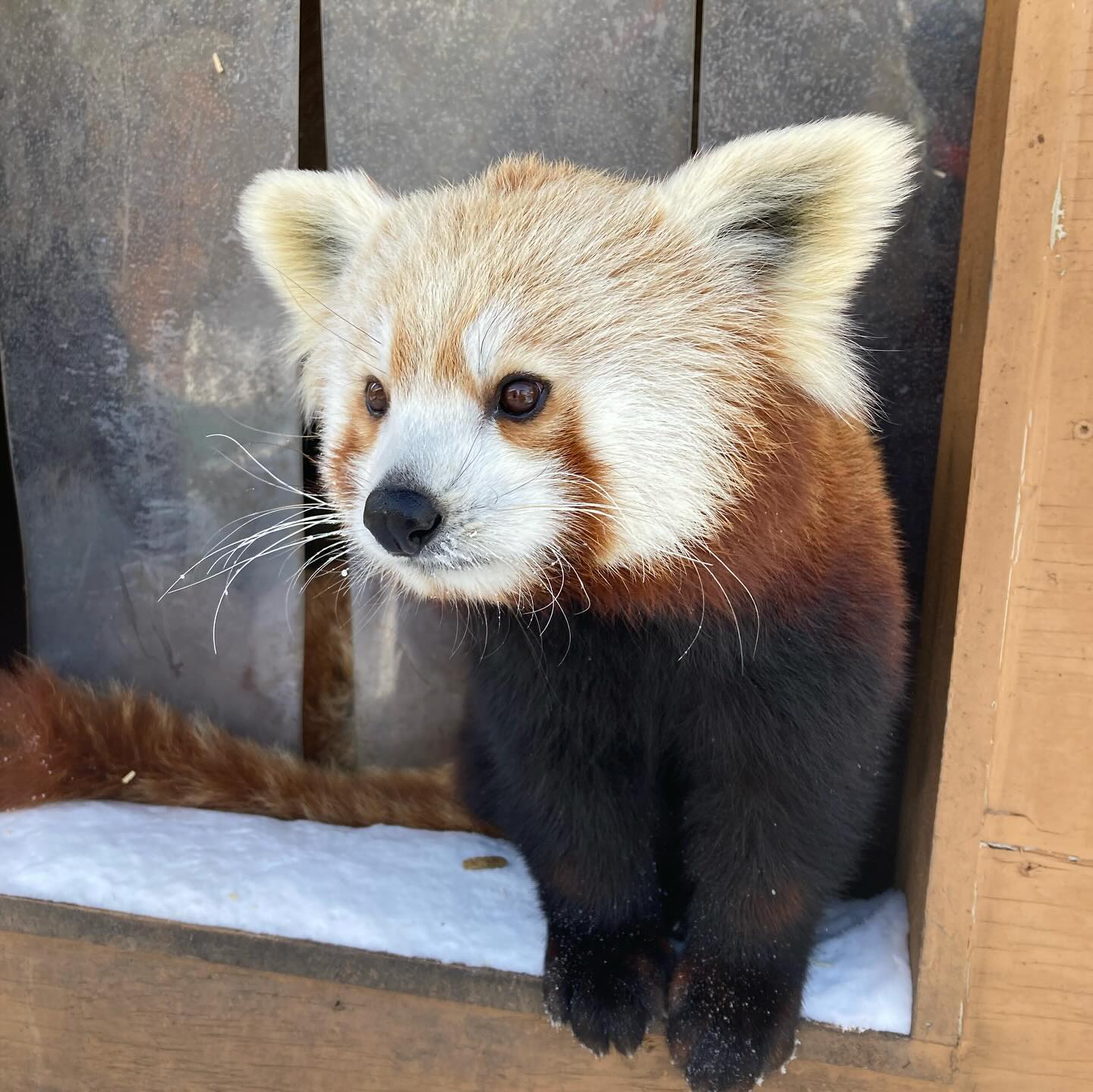- Examination of how zoo animals, like the red panda, interact with and respond to weather changes, using their behavior as an educational tool for visitors.
- Exploration of red panda biology and natural habitat preferences, highlighting their unique adaptations for coping with various weather conditions.
- Analysis of the role of zoo keepers, such as Keeper Stephanie, in observing and recording animal behaviors, contributing to conservation education and efforts.
- Discussion of the significance of engaging public interest in wildlife conservation through entertaining and relatable storytelling in zoos.
- Consideration of the broader implications of studying animal responses to weather in the context of climate change and conservation efforts.
Understanding the nuances of weather and its impact on wildlife, particularly in a zoo setting, opens up an engaging dialogue on how animals respond to environmental shifts. In our ever more unpredictable climate, how do we feel about the weather today? A perceptive examination is possible through the lens of a red panda assessment, humorously described as "a one blep kind of day" by an insightful keeper, Stephanie. This whimsical yet insightful observation engages the public in exploring vital behaviors of animals in captivity and their natural adaptations to weather conditions.
Red pandas, native to the Eastern Himalayas and southwestern China, serve as a fascinating subject for examining animal response to weather. Adapted to live in deciduous and coniferous forests with a cooler climate, red pandas have an innate ability to withstand harsh weather changes. Their thick fur, which also covers their paws, provides essential insulation against cold temperatures, enabling them to thrive in environments that might seem inhospitable. This natural adaptation becomes starkly apparent in modern zoos, where even slight changes in temperature or humidity can significantly influence behavior. By observing these variations, keepers can bring to life the dynamic interactions between weather and animal physiology for visitors.
The amusing phrase "one blep kind of day" captures the essence of engaging storytelling in zoos, aiming to spark curiosity and draw an emotional connection between humans and animals. A "blep," often depicted as a cute or playful expression, becomes a visual hook that simplifies complex scientific observation into relatable experiences for visitors. Such creative descriptors not only capture attention but also allow zoo visitors to recognize and understand the subtleties of animal behavior and its broader implications. This type of engagement drives further interest in conservation as it makes the science accessible and entertaining.
Keeper Stephanie’s role in recording behaviors and observations encapsulates the delicate balance between scientific rigor and engaging public education. Through diligent observation, keepers can develop a nuanced understanding of each animal’s unique characteristics and habits, contributing valuable data to conservation research. The work of dedicated zoo professionals like her underscores the critical importance of behavioral studies in expanding our scientific comprehension of animal biology and their responses to external stimuli. These observations often provide insight into the health, well-being, and environmental needs of zoo inhabitants, offering islands of hope for species conservation.
The interplay between zoo-kept animals and weather is more significant in the larger conversation of conservation and climate change. Animals serve as both subjects and indicators of climatic shifts, revealing patterns that might be lost to human observers. The behavior of red pandas during weather changes can provide an understanding of how similar species might be impacted by ever-changing weather patterns in the wild. It also underscores the necessity of zoos in ongoing conservation efforts. By studying animals within a controlled environment, researchers can better predict how climate change might affect wildlife, contributing essential information to safeguarding global biodiversity.
Through charming narratives and careful observation, zoo professionals can inspire a deeper appreciation for wildlife. The insightful observations, captured in memorable phrases like "a one blep kind of day," enrich the visiting experience and expand public awareness about wildlife conservation. By translating complex behavioral patterns into easily digestible snippets, zoos educate and enlighten, reinforcing their status as vital institutions in the fight to protect endangered species.
*****
Source Description
How do we feel about the weather today? Looks like a definite one blep kind of day from the red panda judge.
Thanks to Keeper Stephanie for recording this score.


